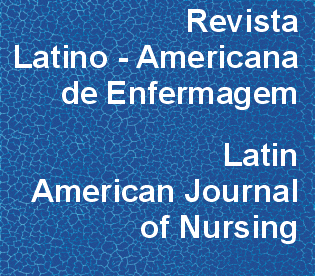Analysis of action plans and coping plans for reducing salt consumption among women with hypertension
DOI:
https://doi.org/10.1590/S0104-11692012000300009Keywords:
Hypertension, Sodium Chloride, Dietary, Feeding BehaviorAbstract
This cross-sectional study, based in implementation intention theory, describes action plans developed by women with hypertension (n=49) to add no more than 4g of salt per day to food and to reduce consumption of salty foods, as well as describing the barriers perceived and the coping strategies adopted for putting the action plans into practice. The plans were categorized according to similarities and were submitted to frequency analysis. The majority of the action and coping plans had to do with the effectuation of the behavior involving adding up to 4g of salt per day per person to food. The action strategies were aimed at quantifying the salt added, and the main obstacles were related to the reduced palatability of the food made with less salt. The coping plans have to do with preparing foods separately and to using natural seasonings instead of salt. This data can help the nurse to design activities for clinical education, with a view to reducing salt consumption among patients who prepare their own food.Downloads
Download data is not yet available.
Downloads
Published
2012-06-01
Issue
Section
Original Articles
License
RLAE’s authorship concept is based on the substantial contribution by each of the individuals listed as authors, mainly in terms of conceiving and planning the research project, collecting or analyzing and interpreting data, writing and critical review. Indication of authors’ names under the article title is limited to six. If more, authors are listed on the online submission form under Acknowledgements. The possibility of including more than six authors will only be examined on multicenter studies, considering the explanations presented by the authors.Including names of authors whose contribution does not fit into the above criteria cannot be justified. Those names can be included in the Acknowledgements section.
Authors are fully responsible for the concepts disseminated in their manuscripts, which do not necessarily reflect the editors’ and editorial board’s opinion.
How to Cite
Analysis of action plans and coping plans for reducing salt consumption among women with hypertension. (2012). Revista Latino-Americana De Enfermagem, 20(3), 486-494. https://doi.org/10.1590/S0104-11692012000300009



